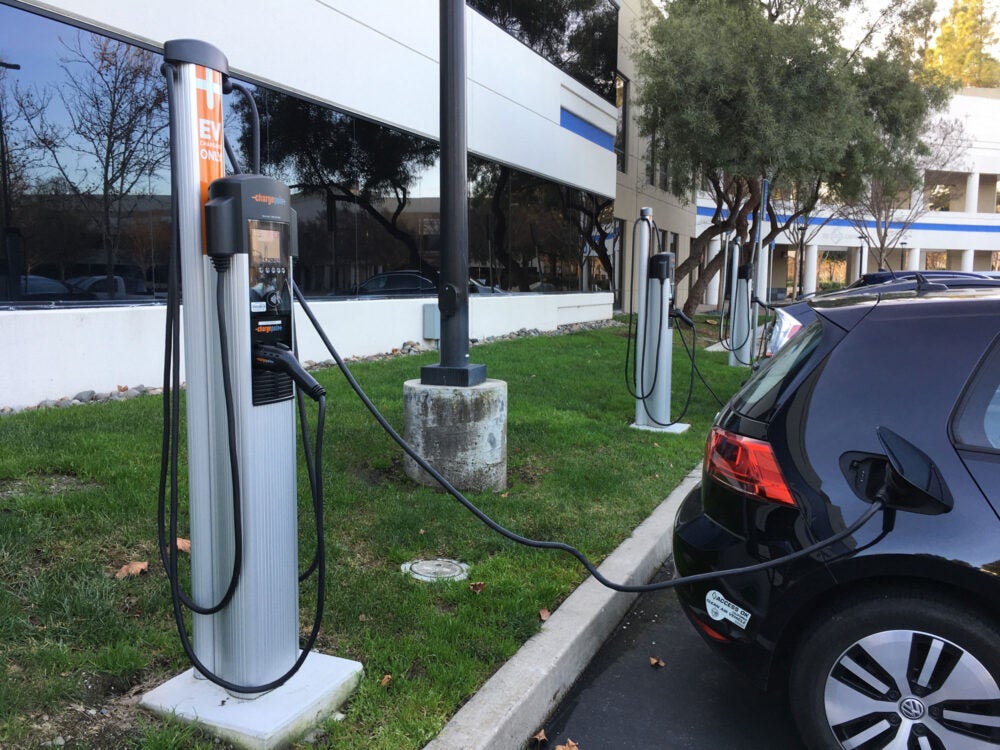In addition to our plants, we’ve been committed to doing all we can to reduce the environmental footprint of our administrative offices around the world. At the onset of this work, our focus was in several areas: existing buildings, printers, business travel, commuting, and lighting. Going forward, we will continue to look for new opportunities to minimize our impact.
Examples of Our Progress
Making Our Buildings More Sustainable: Oakland, CA
In 2010, our corporate headquarters in Oakland, California, became one of only 38 buildings in the U.S. to achieve platinum-level LEED-EB (Leadership in Energy and Environmental Design – Existing Building) certification — the highest eco recognition an existing building can achieve. Built in 1976, this 24-floor skyscraper is one of the oldest buildings to achieve this eco certification level.
The LEED program, administered by the U.S. Green Business Council, is the pre-eminent green building certification program in the U.S. and the nationally accepted benchmark for the design, construction and operation of high-performance green buildings. LEED-EB certification focuses on lowering the environmental footprint of an existing building’s operations and maintenance. Platinum certification is the highest of four certification levels the LEED program offers.
Although we still maintain our global headquarters here, since achieving the platinum LEED-EB certification in 2010 we’ve sold the building.
Making Our Buildings More Sustainable: Atlanta, GA
We earned silver LEED certification for our leased 1.145 million square foot warehouse and distribution center near Atlanta, Georgia.
This building features many sustainable features, some of which are:
- White TPO roof membranes and concrete truck courts instead of asphalt to reduce the heat island effect.
- Recycling of waste during construction coupled with extensive use of recycled materials
- Energy-efficient light fixtures and motion sensors
- Energy-efficient building design to cut utility costs
- Low-VOC adhesives, sealants and paint during building construction
- Preferred parking spaces for low-emitting and fuel-efficient vehicles.
Reducing the Impact of Printing
We reduced our paper use by 30 percent across all of our North American facilities, with all remaining paper converted to 100 percent recycled content. We also removed most desktop/personal printers from our corporate headquarters in Oakland, California, and cut use of network printers by 50 percent to further reduce our carbon footprint and paper consumption.
Minimizing Business Travel
We significantly reduced business travel and upgraded our audio and video conferencing technologies, which has helped lower our Scope 3 greenhouse gas emissions. We also converted our company car fleet to hybrid vehicles, reducing fuel use by almost half and lowering annual GHG emissions by about 700 metric tons.
Encouraging Use of Public Transportation
To encourage our employees to reduce their personal footprint, we worked with organizations like 511.org to provide carpool and ride-share options. As an employee benefit, we also offer pre-tax savings for those who choose to carpool or use public transportation.
Conservation Efforts
As a company, we’ve posted signage and other reminders throughout our facilities encouraging employees to shut off lights and power off their electronic devices when they’re not in use. We’ve also informed them about materials that can be recycled or composted, minimizing waste sent to landfill. We’ve even added reminders in the bathrooms encouraging employees to flush using the smallest amount of water necessary. While these may be small acts individually, together they can add up to big benefits for the environment.

